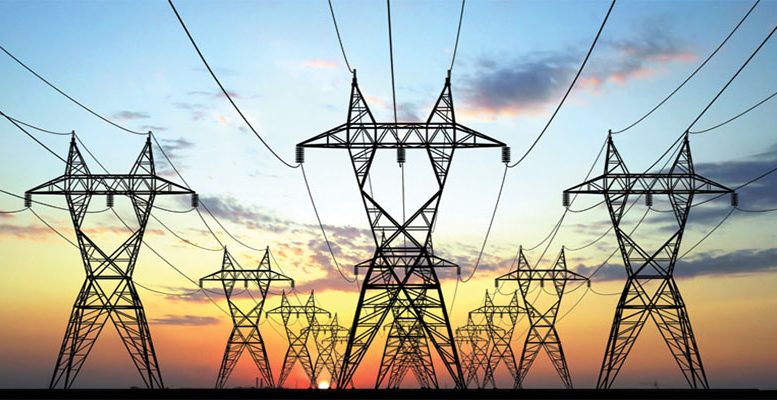Droughts are not new in Spain, but current year is the third driest year of all time, behind 1981 and 2005. This situation is hitting the hydroelectric capacity of both Spanish utilities Iberdrola and Endesa. In fact, hydroelectric production in Spain fell almost 58% as reservoirs are at 37% capacity when they are normally at 60% during this time of the year.
Spanish utility Iberdrola said on Tuesday that core profit slipped 5.1 % in the first nine months of the year affected by a worse than expected impact of the drought in Spain, the continued under-delivery of UK activities, and below expectation performance of renewable generation only partially offset by strong Mexican growth.
Earnings before interest, taxes, depreciation and amortisation fell to 5.44 billion euros ($6.31 billion) for the nine months to September 30, a fall partially offset by its international network and renewables business.
Net profit rose 18.4 percent to 2.42 billion euros, lifted by a extraordinary dividend from the former wind-power company Gamesa and the re-evaluation of its Brazilian assets, Iberdrola said.
Net debt came below expectations at €33.4 bn.
Management reiterated their guidance for 2017 reported net profit above 2016 levels (was €2.70 bn) , largely supported by one offs. Furthermore, management indicated that, under normal hydro conditions, the group is on track to further grow earnings in 2018 compared to 2017.
For Citi Research analysts 2017 is set to be an “extremely poor year “for Iberdrola operations, however:
“We believe the group’s growth prospects remain solid. Given the strength of the share price into results we expect some modest profit taking. We believe the equity story remains unchanged; we update our estimates to reflect these results and maintain a Buy rating.”
Regarding Endesa, the company reduced EBITDA by 11% to 2.54bn, and net profit by 17% to 1.08bn mainly driven by lower financial costs. The generation and supply unit was still under pressure also due to the low hydro and higher than anticipated spot price (all increasing procurement costs). Additionally, gas supply margins were negatively impacted by higher competitive pressure.
In spite of that, according to Societé Generale’s experts Endesa shows a cheap and attractive “normalised growth”.
“Endesa is trading at a 2018 and 2019 estimated adjusted P/E of respectively 12x and 11x, an EV/EBITDA of 7.8x and 7.6x and a 2018e DY of 7.2%. Normalising the earnings (through one – offs, hydro output and supply margins), estimated 2016 – 2020 EPS is above 10%, driven by new capacity in Renewables, efficiency measures and the impact of the digital meters.”





